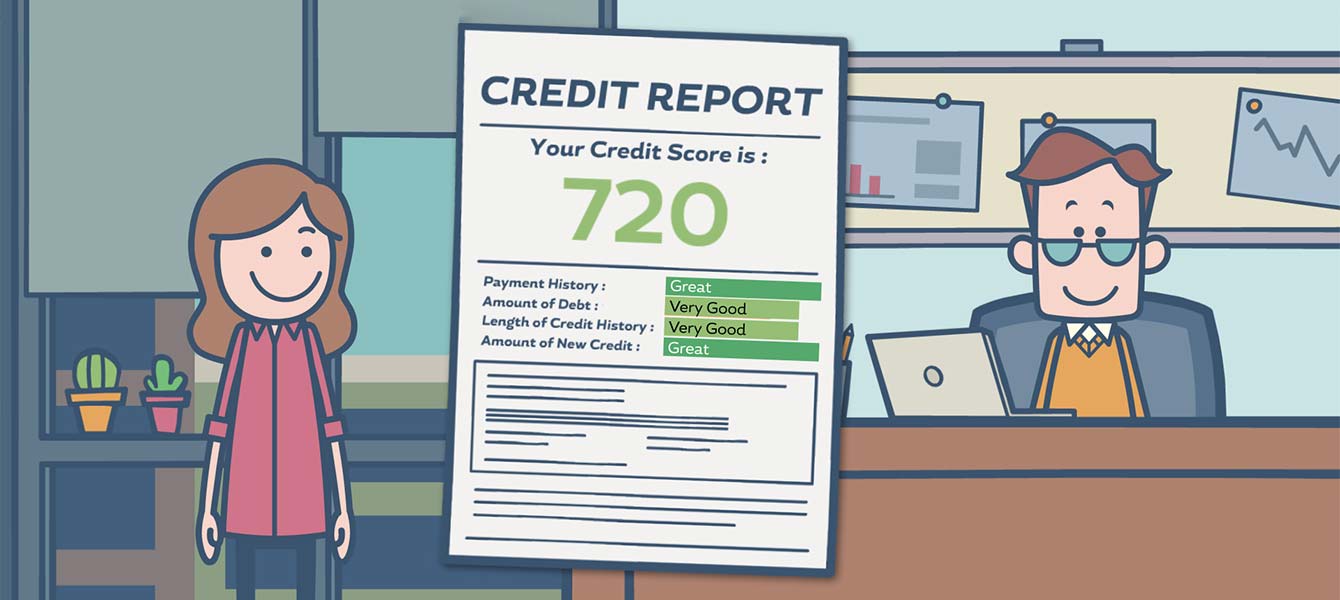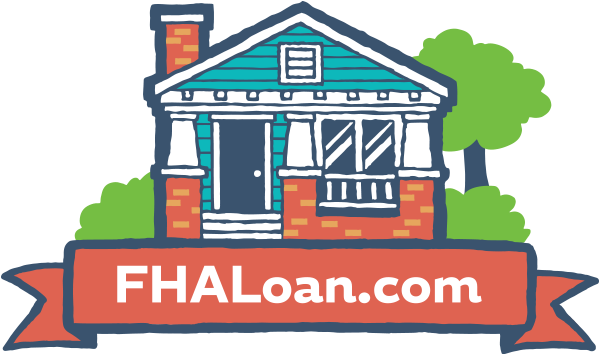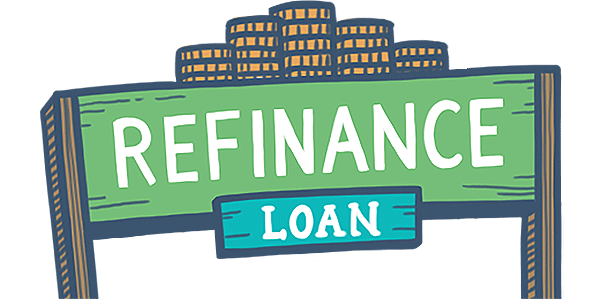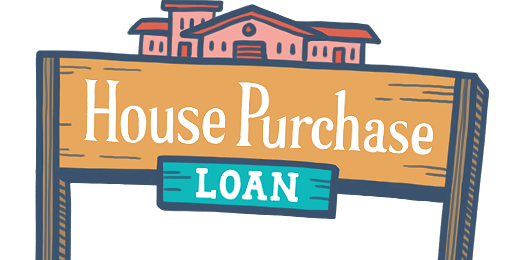Make Your Home Energy-Efficient with the FHA EEM
March 10, 2021
However, it is not always affordable for everyday Americans to implement such energy-saving technology in their homes. To pay for such upgrades, many homebuyers and owners look into opening new credit cards or even getting Home Equity Loans.
What many people do not realize is that there is another option available through the FHA, which is the Energy Efficient Mortgage (EEM). With this mortgage program, the borrower is credited for having energy-efficient updates in the home with the mortgage itself. The EEM allows borrowers to finance energy-saving measures in their home along with the purchase or refinance. By stretching the debt-to-income ratio and allowing potential borrowers to qualify for a bigger loan, the FHA lets them buy a more energy-efficient home.
The EEM is also cost-efficient, since less energy usage means smaller utility bills! The money that borrowers save on their bills can then be used toward paying off the larger loan.
How Does the EEM Work?
The FHA offers Energy Efficient Mortgages in which it insures a loan that is used to purchase/refinance a home as well as the cost of energy efficient improvements. This is called the "energy package.”
Before you can be approved for the additional funds for the upgrades, you will need to have a home energy assessment done. This will provide recommendations of energy-saving improvements, estimates of how much each upgrade will cost, and an estimate of how much money they will SAVE the borrower. According to HUD regulations, the person must be trained and certified as a (1) Building Performance Institute Building Analyst Professional, a (2) Building Performance Institute Home Energy Professional Energy Auditor, or (3) a Residential Energy Services Network Home Energy Rater.
The FHA’s lending limits do not upset the process of obtaining an EEM, but there is a way to determine how much can be financed. The maximum amount of the portion of the EEM for energy efficient improvements is the lesser of 5% of:
- the value of the property, or
- 115% of the median area price of a single-family dwelling, or
- 150% of the conforming Freddie Mac limit.
If you are interested in making energy-saving upgrades to your home, the FHA Energy Efficient Mortgage might be a great option for you. HUD has a list of approved lenders able to provide EEM programs, in addition to a fact sheet about FHA's EEM.
------------------------------
RELATED VIDEOS:
Show Them You're Serious By Depositing Earnest Money
Homebuyers Benefit From the Work Done by Freddie Mac
Your Second Mortgage Is a Home Equity Loan

FHA Loan Articles
June 27, 2023The FHA loan process is straightforward and has been successfully navigated by millions of homeowners. If you're considering an FHA loan to finance your home purchase, it pays to be prepared. To avoid mistakes before you start your loan application, homebuyers should keep these tips in mind.
June 20, 2023Can an FHA loan be approved if there are late or missed payments on the credit report? Navigating through financial challenges, such as escalating costs of living and employment uncertainties, can indeed make it difficult to maintain a perfect financial record.
June 15, 2023When you buy a home with an FHA mortgage, cash for closing costs and your down payment is required. It would be easy to assume you simply give the lender cash in the specified amount and that’s the end of the story.
May 20, 2023Did you know there is an FHA loan option that lets you build a house from the ground up? You can use this mortgage to build on land you own or on land you buy as part of the loan. But you will want to address some issues comparing construction loan options.
May 3, 2023Sometimes when buying a home there may be a question of surplus or excess land. You likely won’t face this issue when buying a condo unit, but for other types of purchases, this may be an important factor in the appraisal process.







